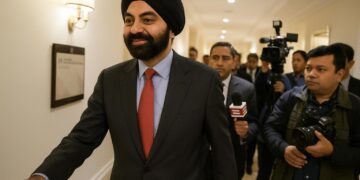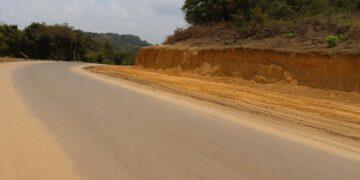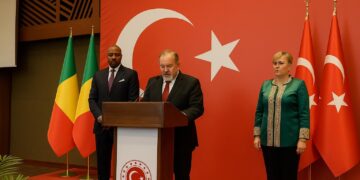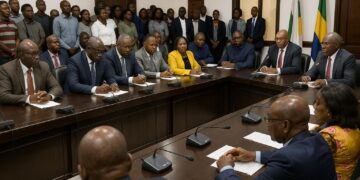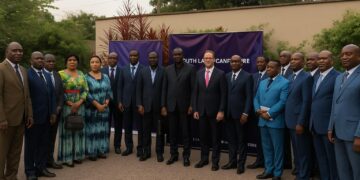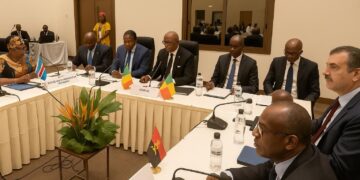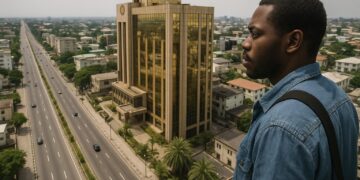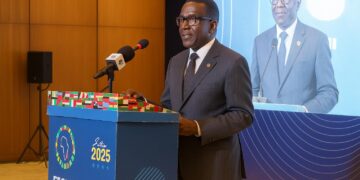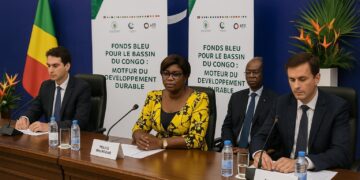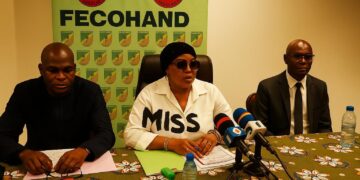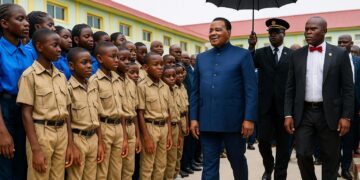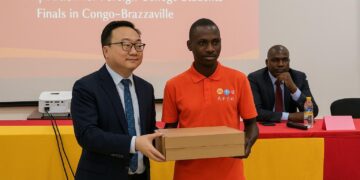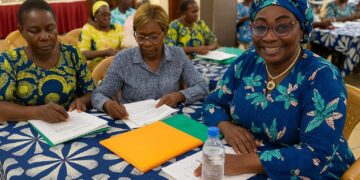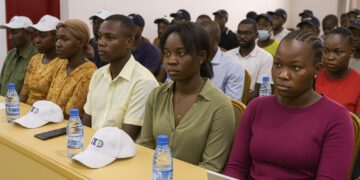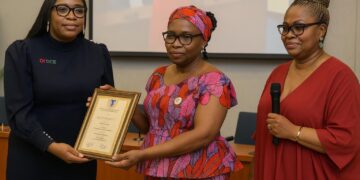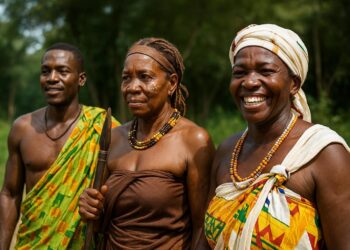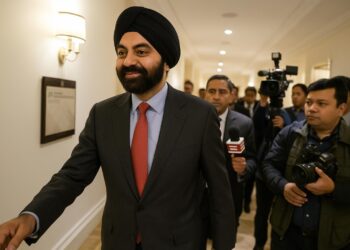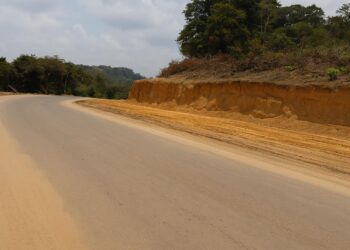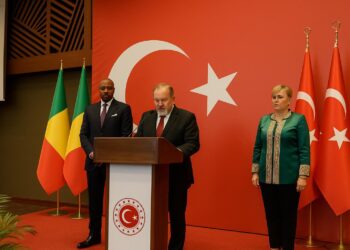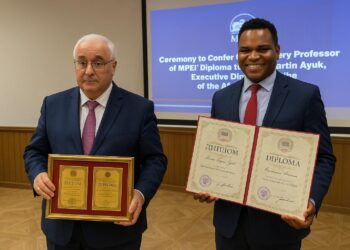Strategic context of Congo urban mobility
In the dense arteries of Brazzaville and the coastal expanse of Pointe-Noire, mass transit is more than a convenience; it is a sociopolitical barometer. The impending relaunch of the Société des Transports Publics Urbains, popularly nicknamed “Mal à l’aise,” thus resonates well beyond the bus depots. It intersects with the government’s 2022-2026 National Development Plan, which identifies reliable public transport as a vector for inclusive growth and reduced carbon intensity (Ministry of Planning, 2022). Diplomats stationed in the two cities have long read commuter congestion as an early-morning indicator of economic mood, making the STPU’s silence over recent months particularly noticeable.
A pause rooted in technical recalibration
Operations were suspended late last year following recurrent mechanical failures, supply-chain disruptions for spare parts and the need for an internal audit of route profitability, according to senior officials at the Ministry of Transport. The hiatus, while inconvenient for riders, offered engineers and accountants rare breathing space to align maintenance schedules with fiscal realities. The secretary-general of the Brazzaville transport federation, Ngatse Itoua Mbola, described the interval as “a technical quarantine rather than a collapse,” stressing that assets were preserved, not abandoned (Les Dépêches de Brazzaville, April 2023).
Fiscal oxygen and public-private levers
The immediate catalyst for the comeback is a fresh injection of liquidity secured through a tri-partite arrangement involving the Treasury, a consortium of domestic banks and a concessional line of credit from a regional development fund headquartered in Yaoundé. Details remain confidential, yet officials confirm that the structure mirrors mechanisms previously used for the rehabilitation of the CFCO railway. A senior treasury analyst, requesting anonymity, said the arrangement “preserves sovereign balance-sheet space while incentivising timely rollout,” a formula increasingly favoured across Central Africa, where public debt ceilings are scrutinised by multilateral lenders (CEMAC briefing, May 2023).
Repair work at Mpila and Djoué sites
On the ground, the rebirth of the fleet is taking shape in two cavernous garages. At Mpila, mechanics have already coaxed seventeen buses back to operational readiness, replacing gearboxes and retrofitting brake systems to comply with updated safety norms. The Djoué facility, slightly behind schedule, is awaiting a final shipment of imported injectors. Observers note that the sight of blue-and-white buses rumbling on test runs each dawn has become an unofficial morale booster for surrounding neighbourhoods.
Residents’ expectations and social cohesion
For daily passengers—from civil servants commuting to the Plateau to market vendors ferrying produce—the revival carries tangible stakes. During the suspension, informal minibuses and motorcycle taxis filled part of the void, but at a premium that strained household budgets. Community leaders in the populous arrondissement of Makélékélé argue that an affordable public option mitigates the risk of social discontent during periods of economic adjustment. Political analysts agree, highlighting that visible state services often function as a stabiliser in a region where urban demographics are youthful and demands for opportunity intense.
Regional benchmarks and multilateral support
Congo-Brazzaville is not alone in recalibrating its urban transport matrix. Dakar’s Bus Rapid Transit and Kigali’s smart-card ticketing provide instructive parallels. The World Bank’s 2023 Africa Urban Mobility report lists inter-operable payment systems and regulatory certainty among best practices, both of which loom large in the STPU’s medium-term roadmap. A pilot project for contactless fare collection, developed with technical input from a French technology firm, is pencilled in for early 2025, subject to completion of fibre-optic back-haul within metropolitan Brazzaville.
Environmental dividends and future corridors
Beyond socioeconomic imperatives, the revival dovetails with Congo’s nationally determined contribution under the Paris Agreement, which targets a fifteen-percent reduction in urban transport emissions by 2030. Hybrid buses, already trialled in Pointe-Noire’s port district, are slated for broader deployment should cost-benefit modelling remain favourable. Environmental economists at the University of Marien Ngouabi underline that modal shifts from private cars to mass transit could deliver co-benefits in public health, lowering particulate matter in districts abutting traffic hubs.
Careful optimism as wheels prepare to turn
The government has not announced a specific launch date, preferring what one adviser called “incremental transparency” to avoid unrealistic expectations. Yet the tenor of official briefings has moved from caution to guarded confidence. In a televised interview, Transport Minister Honoré Sayi remarked that the STPU’s return is emblematic of “institutional resilience rooted in technical discipline.” For a nation pursuing diversified growth amid global headwinds, the prospect of buses rolling again along Avenue Matsoua offers a modest but symbolically potent sign that, sometimes, the road to recovery is literally paved with fresh tarmac and a reliable gearbox.


